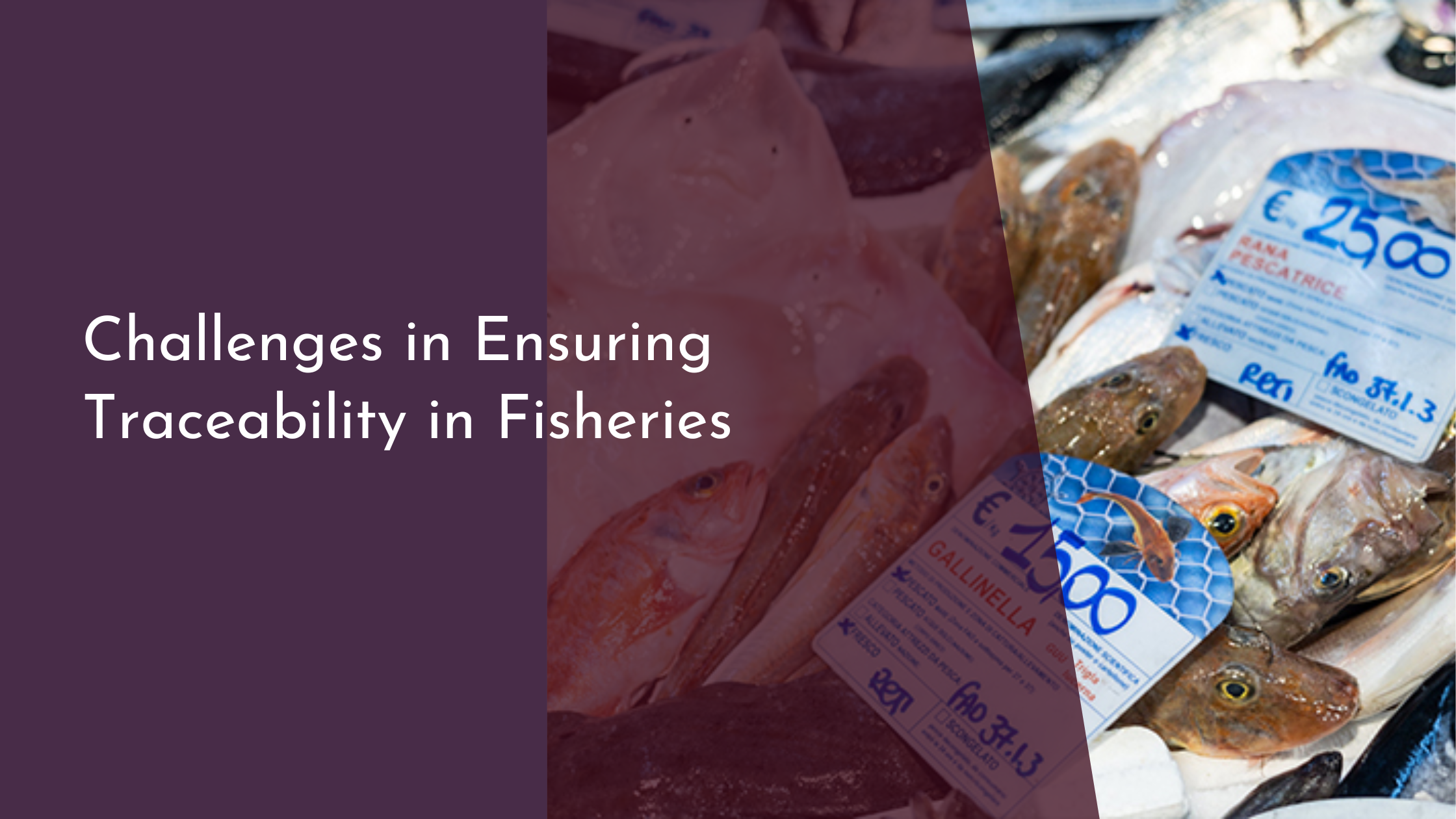Challenges in Ensuring Traceability in Fisheries
Ensuring traceability in fisheries is a complex yet crucial task in today’s global economy, where transparency, sustainability, and ethical practices are more important than ever. As the demand for seafood continues to rise, so does the need to track and verify the journey of fish from ocean to plate. This article explores the challenges faced in ensuring traceability in fisheries, while also highlighting the technological innovations and collaborative efforts that are paving the way for more transparent and sustainable practices.
Understanding Traceability in Modern Fisheries
Traceability in fisheries refers to the ability to track the journey of fish and seafood products through all stages of production, processing, and distribution. This process involves documenting every step, from capturing the fish in the wild or farming them in aquaculture settings, to processing and ultimately delivering the final product to consumers. Effective traceability systems ensure that each stage of the supply chain is transparent, allowing stakeholders to verify the origin, quality, and legality of seafood products. By doing so, traceability helps combat illegal, unreported, and unregulated (IUU) fishing activities, promotes food safety, and supports the sustainability of fish stocks.
Despite its importance, traceability in fisheries is not a simple task. The global nature of the seafood industry means that products often cross multiple national borders during their journey. This can make it challenging to maintain comprehensive and consistent records. In addition, the diverse and fragmented nature of the industry, with many small-scale fishers and complex supply chains, adds layers of complexity. As a result, policymakers, industry stakeholders, and consumers are increasingly focused on improving traceability systems to protect marine resources and ensure that seafood is safe and responsibly sourced.
Key Obstacles to Effective Traceability Systems
One major obstacle to achieving effective traceability in fisheries is the lack of standardized practices. Different countries and regions may have varying regulations and requirements for traceability, which can lead to inconsistencies and gaps in the tracking process. In many cases, fishers and suppliers might not have the resources or technology to comply with complex traceability standards, particularly in developing regions where infrastructure may be lacking. This can result in incomplete or inaccurate data, undermining the effectiveness of traceability efforts.
Another significant challenge is the high cost associated with implementing and maintaining traceability systems. For many small and medium-sized enterprises (SMEs) in the seafood industry, the financial burden of adopting advanced tracking technologies can be prohibitive. Additionally, concerns regarding data privacy and the protection of proprietary information can deter some businesses from fully participating in traceability initiatives. These obstacles necessitate a balanced approach, where the benefits of traceability can be realized without placing undue strain on fishers and businesses.
Technological Innovations and Their Limitations
Technological advancements have brought new hope to the field of traceability in fisheries. Digital platforms and blockchain technology, for instance, offer promising solutions for improving data accuracy and transparency. By using secure and immutable ledgers, blockchain can enhance trust among stakeholders by providing a clear and tamper-proof record of transactions throughout the supply chain. Additionally, the use of electronic monitoring systems, such as GPS and RFID tags, helps in tracking the movement of seafood products in real-time.
However, these technological innovations come with their own set of limitations. The initial investment required for setting up digital and blockchain-based systems can be substantial, making it difficult for smaller operators to adopt these solutions. Moreover, there is often a steep learning curve associated with new technologies, necessitating additional training and support for personnel. Finally, while technology can improve traceability, it cannot address all challenges alone. Human factors, such as compliance and honest reporting, remain critical components for any traceability system to be truly effective.
Collaborative Approaches for Overcoming Challenges
Collaboration among various stakeholders is essential to overcoming the challenges in fisheries traceability. Governments, industry leaders, non-governmental organizations (NGOs), and research institutions all have a role to play in developing and implementing effective traceability systems. By establishing clear and harmonized regulations, governments can set the framework for traceability that applies across borders, reducing inconsistencies and facilitating global cooperation. NGOs can support these efforts by providing resources and expertise to help smaller operators comply with traceability requirements.
On the industry side, forming partnerships and networks can enable businesses to share best practices and leverage collective resources to improve traceability. Industry-driven initiatives, such as sustainable seafood certifications, can also play a key role in promoting transparency and accountability. By working together, stakeholders can address the challenges of traceability more effectively than any single entity could on its own, ultimately ensuring the long-term sustainability of global fisheries.
Traceability in fisheries is a cornerstone of sustainable seafood production, promising benefits such as enhanced food safety, environmental conservation, and ethical supply chains. While challenges remain, a combination of technological advances and collaborative efforts offers hope for overcoming these hurdles. By fostering innovation and cooperation, stakeholders in the seafood industry can pave the way for a future where traceable, responsible, and sustainable seafood becomes the norm rather than the exception.



